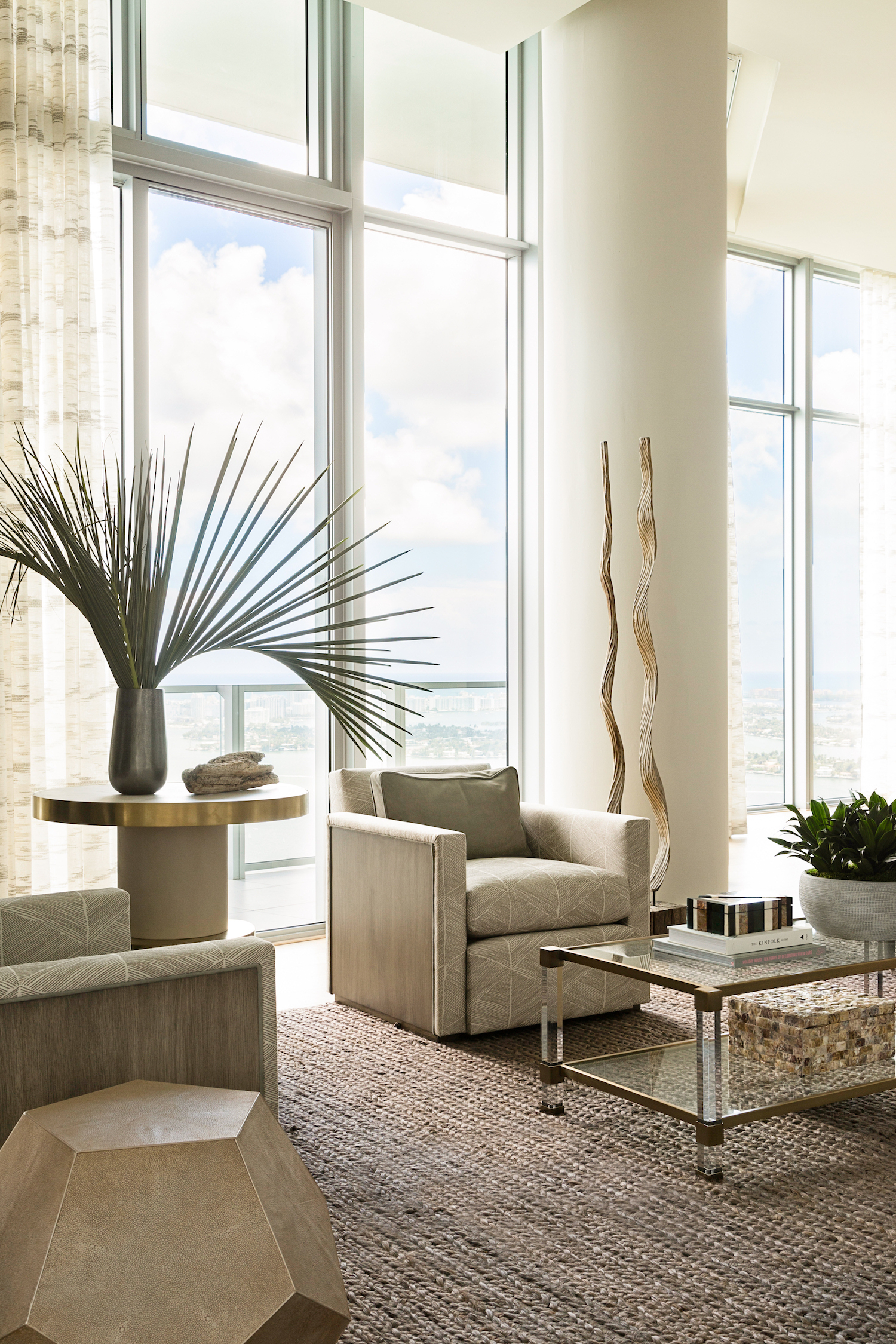Today’s interview with Amy Lamb, of Nativehouse Photography, offers her percipient analysis of photography, but that is just the beginning. Her process reaches deeper than shutter speed and color balance, she brings to her work a love for creating moments to be celebrated. She embeds in each photo a memory to be treasured and shared. We think you’ll love learning more about Amy in her contemplative interview below.
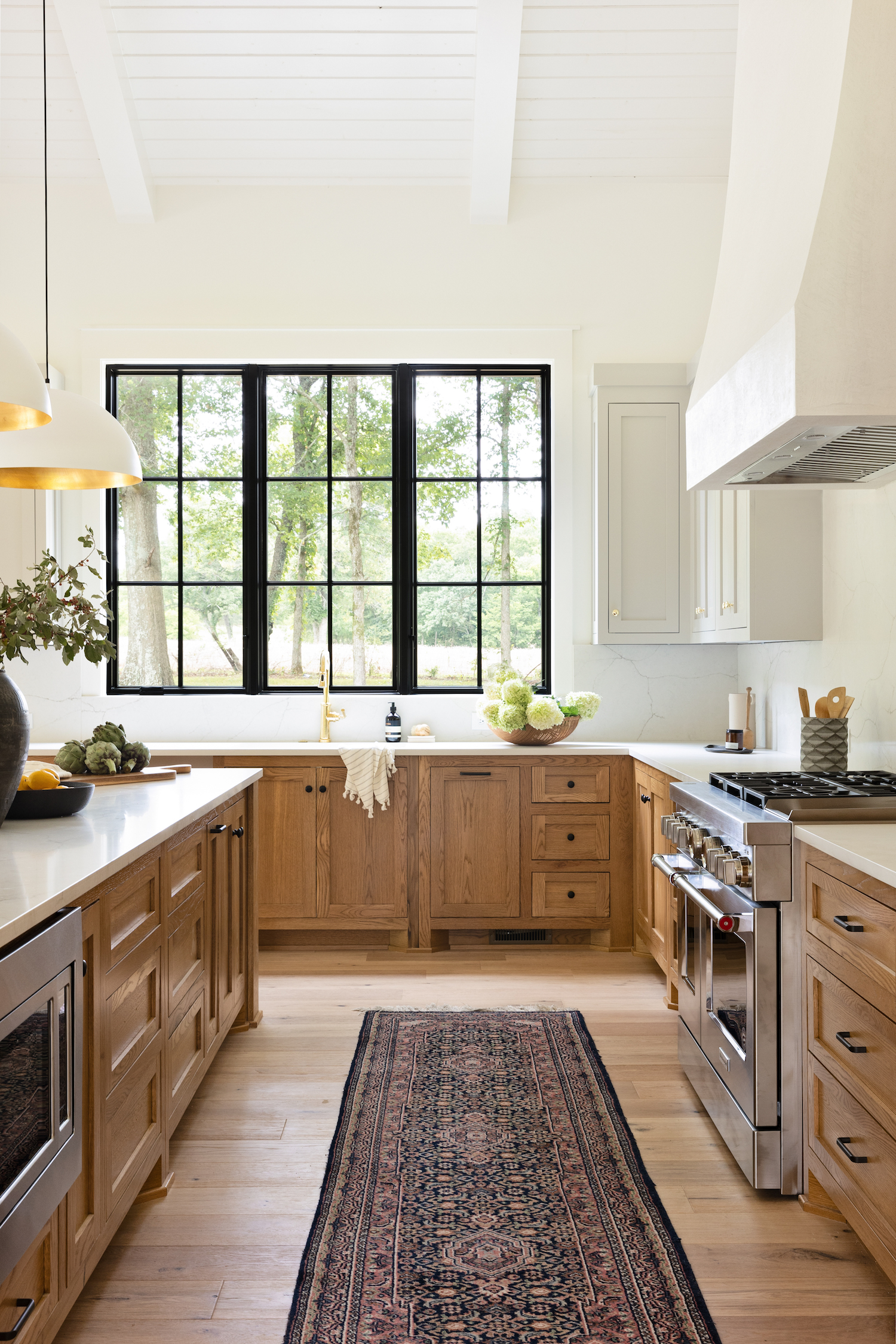
You’ve made quite a transition from the tech industry to photography. Tell us about the journey that led you to where you are today.
Working in the tech industry, more specifically the production side of corporate events, was a very fast-paced lifestyle and exposed me to many different people, experiences, and scenarios, cities, landscapes, and ecosystems. The exposure to so many things over the course of 10-plus years really grew my appreciation for capturing glimpses of the novel and special moments of life through photography.
Eventually, my company began to take notice of my propensity towards photography, and I would oftentimes be the one tasked with photographing our company parties and events. I was living in San Diego at that time and traveling extensively for the job, which, of course, was instrumental in my growing interest in photography. Nevertheless, the continual travel and displacement eventually began to pull me towards something new.
This led to my decision to take a sabbatical of sorts, six months to myself, during which time I explored the landscape from Southern to Northern California before then deciding to return to Florida to be with family. It was there that I decided to invest in my first DSLR, which would soon progress into a new career path in professional photography, shooting in various contexts from marketing for non-profits to portraiture to wedding photography to real estate. It wasn’t long, though, before I landed in interior design, which I was drawn to through of my love for aesthetics and the potential of a space, because that’s what really the essence of design is to me.
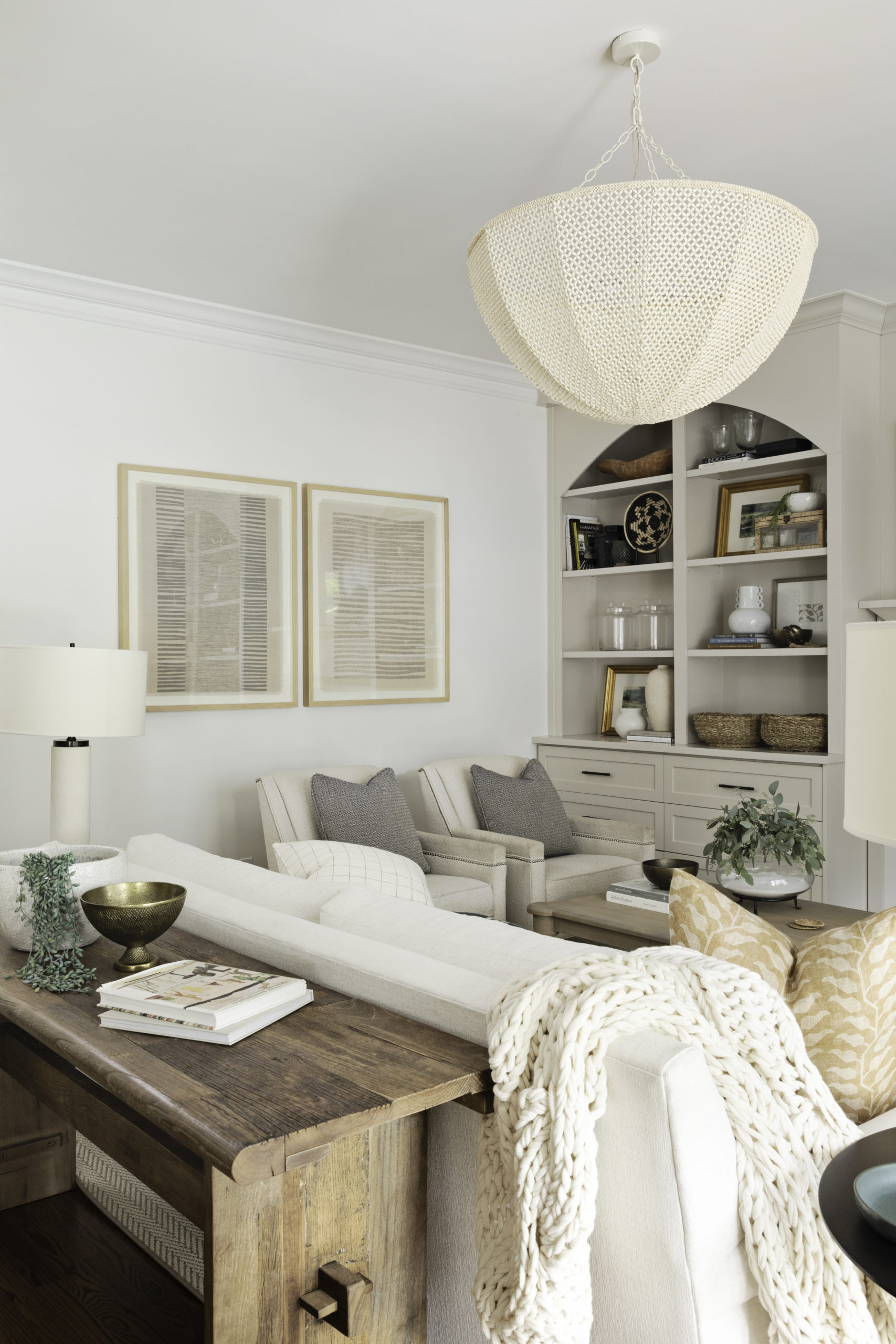
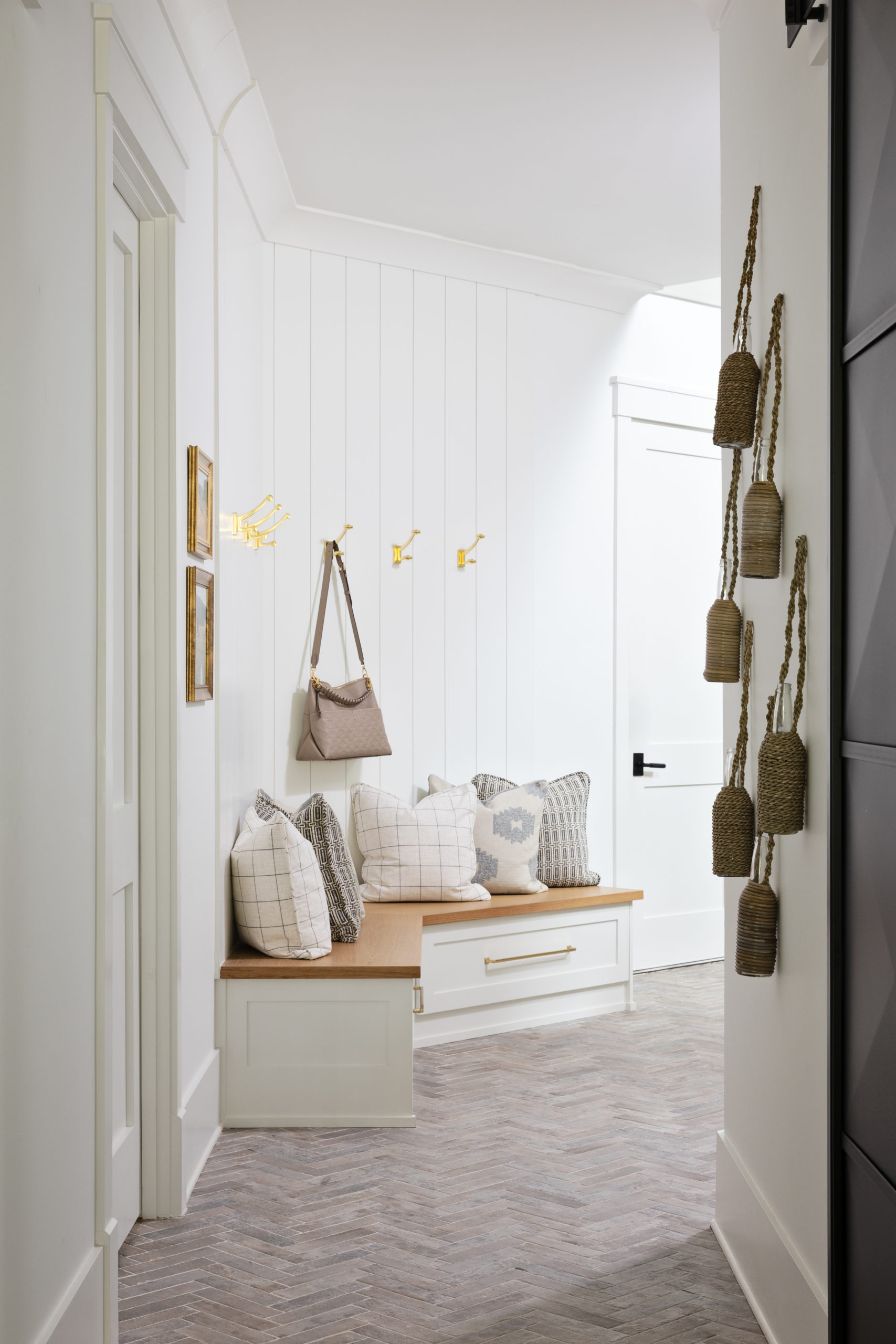
You’ve shared that your father’s carpentry inspired the way you view your home. Will you share a bit more about that?
Watching my dad build furniture made me realize the effort that goes into constructing each individual piece, effort that results in something that serves a purpose in its space for many, many years to come. There’s a certain energy that’s put into that piece and an energy that carries through its existence in the home.
My dad once made a pie safe for my mom that I remember vividly. She stored all kinds of things in that cabinet, from the cakes she made to the little ceramic collectibles she liked to have in her kitchen to the seasonal vegetable that she canned.
I think we take for granted that these spaces act like the structure to our memories, like a container for the memories that we carry throughout life. We just see the pieces in a space as just things, paint colors, windows, coffee tables, a couch, but even something as simple as a finish to the coffee table can have a lasting impression on a person’s feeling or mood when they’re in the space, all of which affects the memories that person collects over time. It’s the magic that’s created within and between the inhabitants of the space.
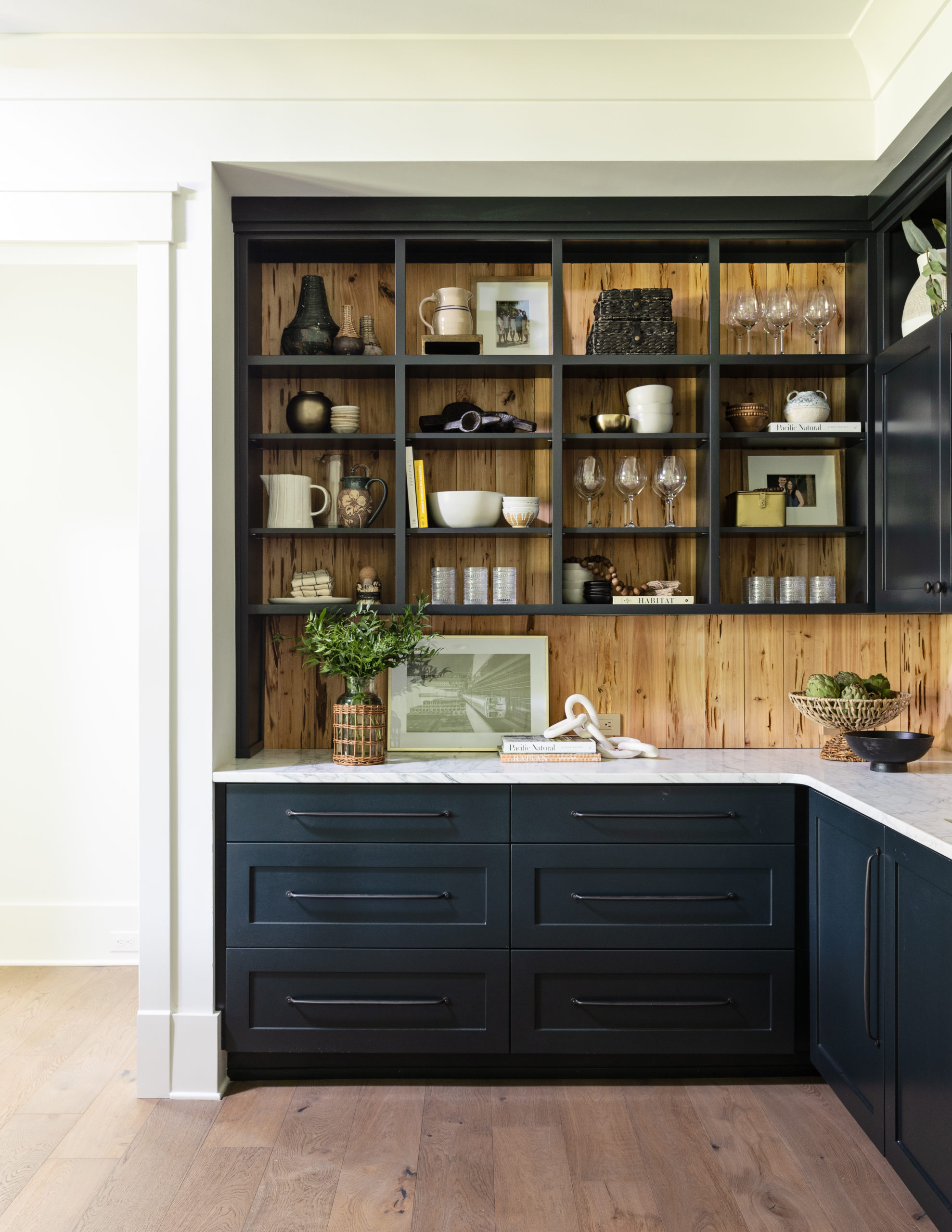

What is the most rewarding facet of being an interiors photographer?
For me, that’s a two-part answer. The first part is experiencing the excitement of a designer, knowing that they have spent countless hours on developing these spaces along with everything else that leads up to shoot day, and I’m given the opportunity to memorialize and celebrate the fruits of all of their labor.
So there is a palpable sense of excitement and anticipation when we get onsite and everything begins to come together, when we begin set up and the final layer begins to come into view, when we move and shift and twist and turn all the many pieces of the puzzle to find the perfect composition and to give expression to that perfect story the designer may have seen in their minds many months or even years ago. And then all of the sudden, all of the pieces are there, everything from the paint color to the trim, the carefully selected furnishings, the rugs and the lamps, all the way down to the finish on the custom built-in, all coming through in that photograph where we finally get to display all of those things in their perfect light. To see the excitement on the designer’s face, how thrilled they are for us to manifest all that hard work in that one composition, that is the best part.
And the second part is image-delivery day. It’s like delivering a box of fine chocolates, where each and every image is a carefully crafted morsel. So as they see and taste each of those unique pieces that we captured on shoot day, they once again relive and appreciate all that hard work all over again – all the selections, the installations, maybe even the stress that eventually paid off. And for many clients, especially new designers, receiving the images is like a ticket that carries forward to procure more clients, clients who are even more in line with their personal vision and their personal creative process. So often, these images allow the designer to become even freer in expressing their creative abilities. Watching a designer’s progression and receiving those messages and emails of appreciation, thanking me for capturing their work the way that I did is all very gratifying.
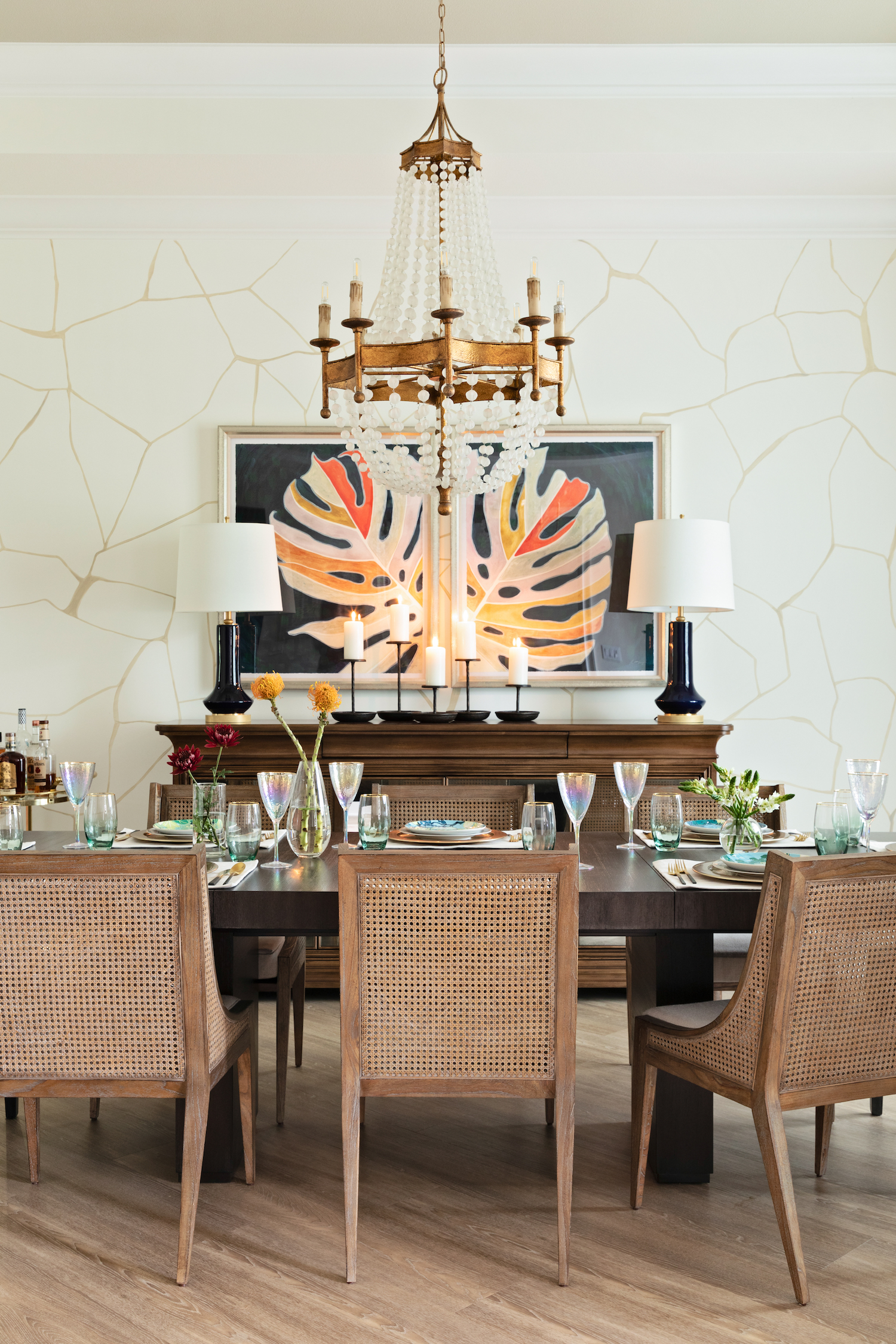
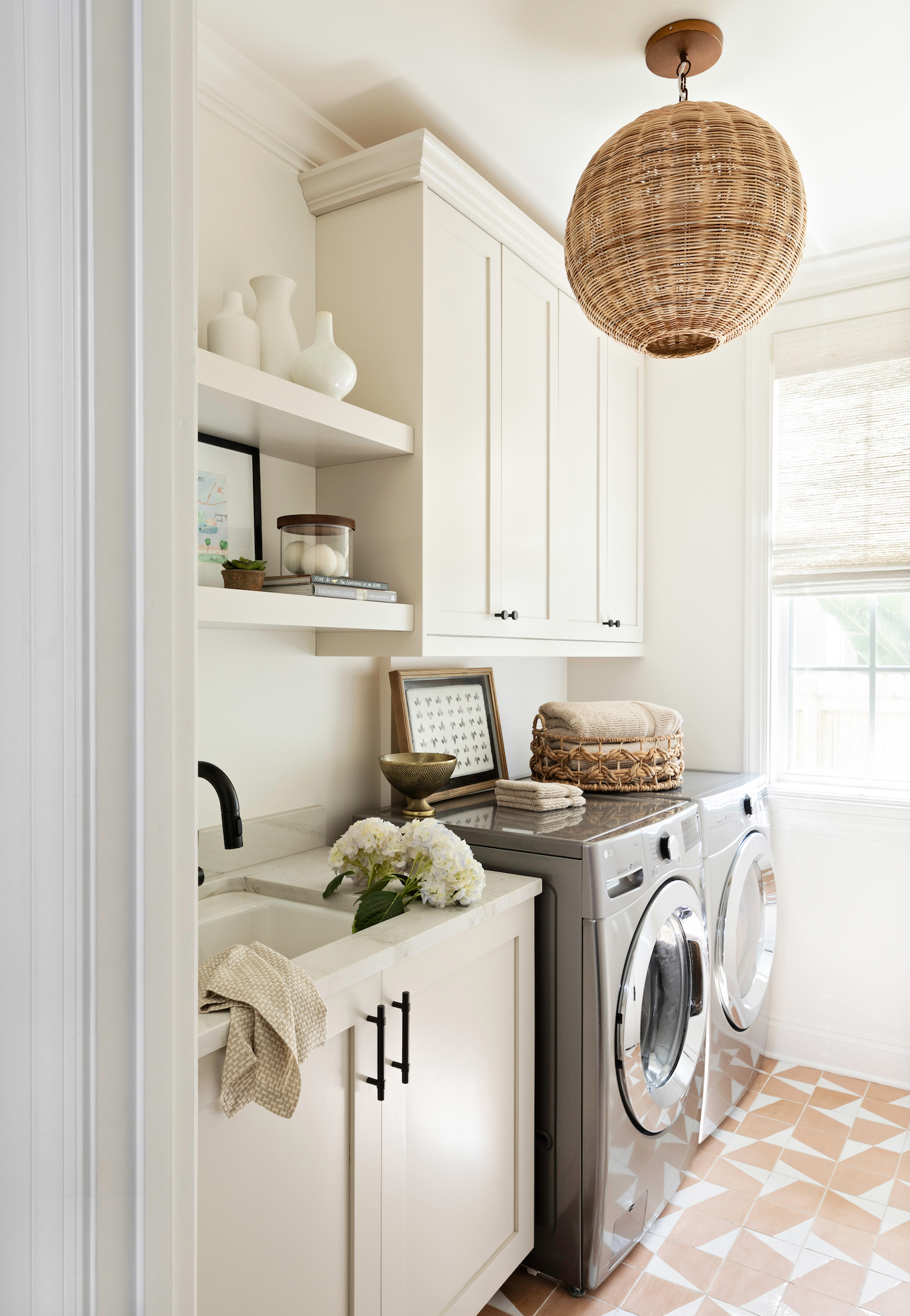
When you’re not taking gorgeous photographs, where can we find you?
What most of my hobbies have in common is nature. I love to make things out of natural elements with my hands, which offers an outlet for my creativity. I also like to get outside and do things that challenge my body and mind. Hiking and yoga are activities that offer me a great deal of peace of mind. I also love to push my physical and mental limits at the climbing gym or on a rock face, and ideally, I’ll ride there on my mountain bike!
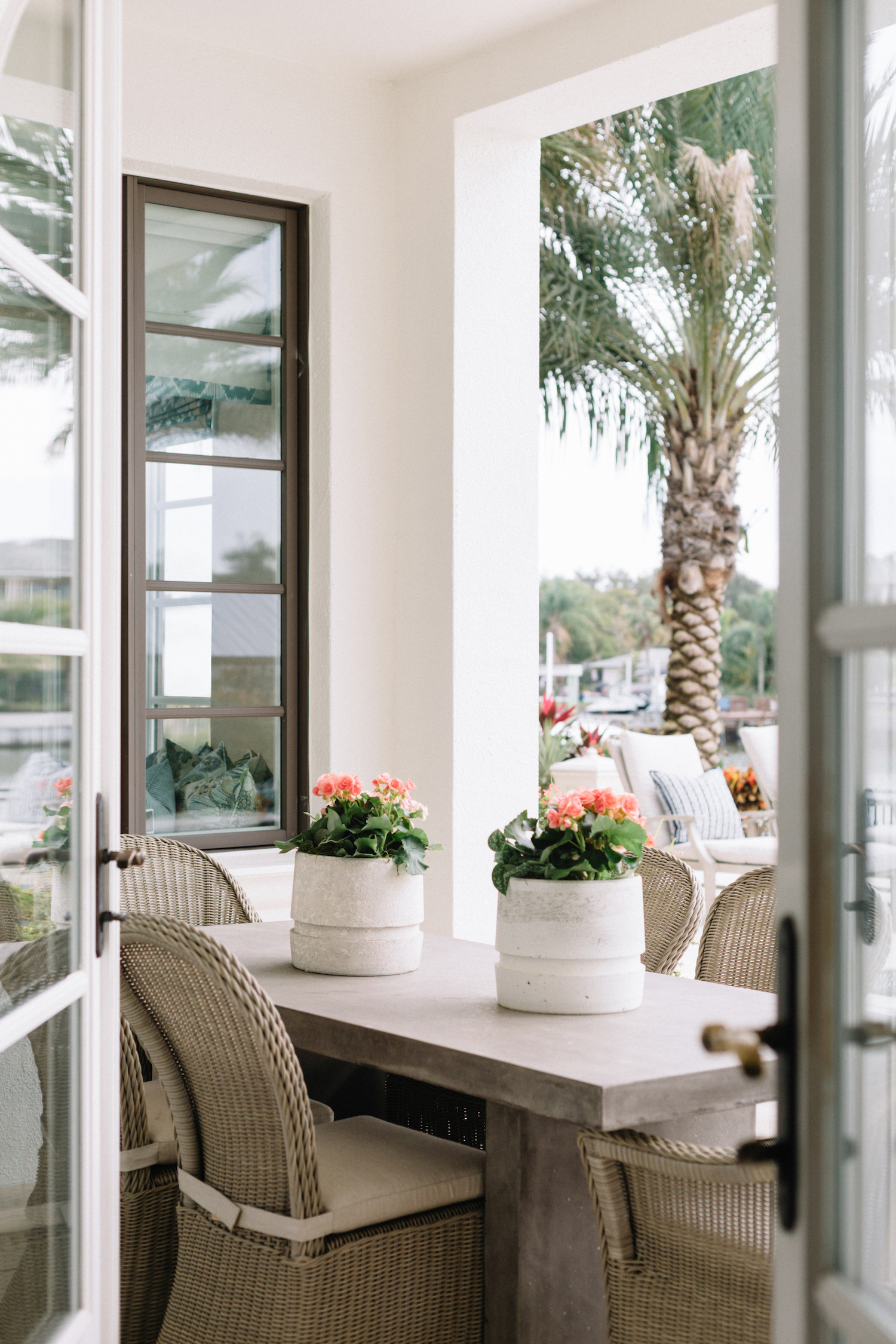
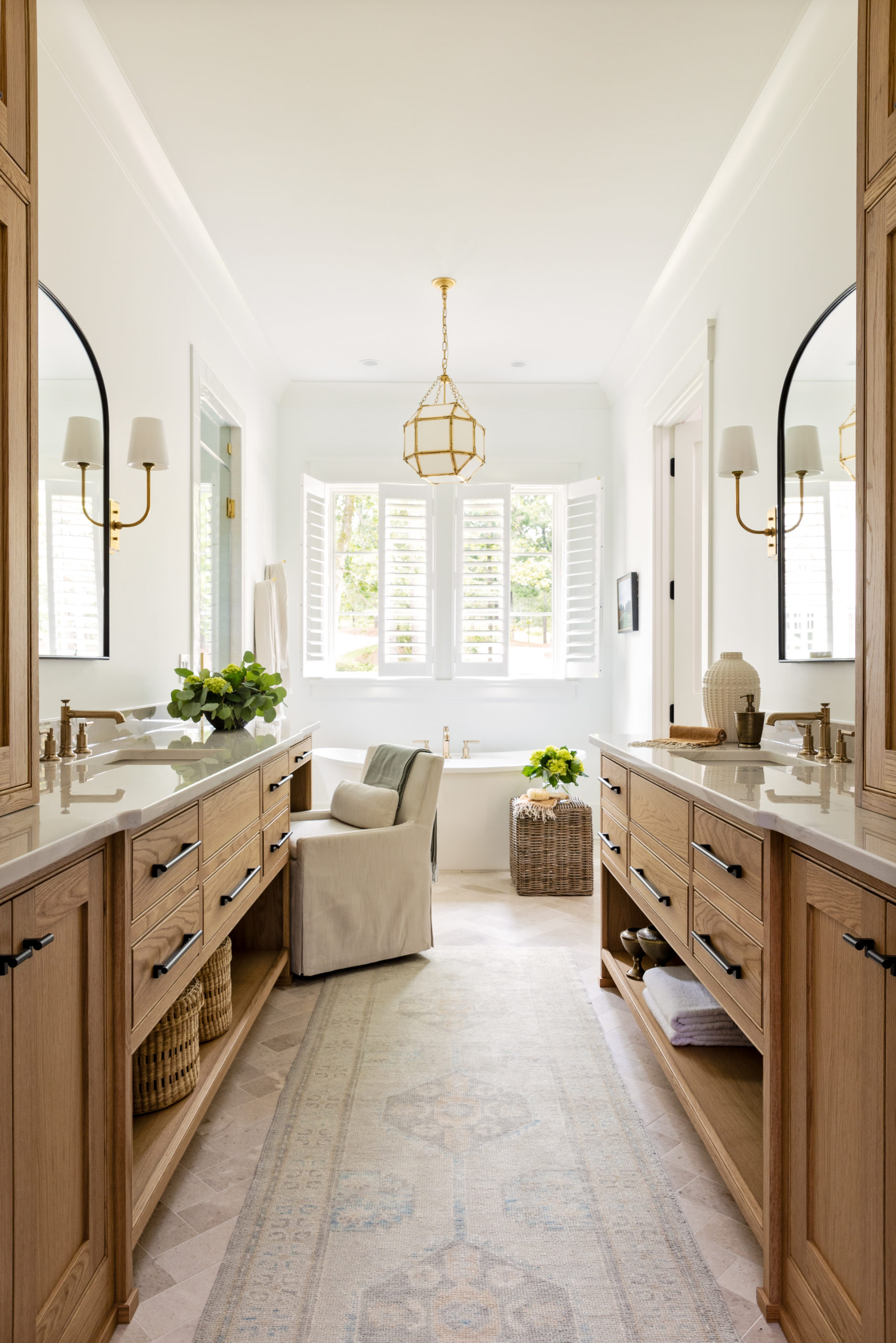
What details do you believe make the best photographs? How do you focus on them in your work?
Well, certainly the details make the photograph. But in my opinion, there is a lot more than the individual details that come into play in making a great photograph. In my photography, the first piece of the pie is the story. Whether it’s a wider angle shot or the sweetest little moment of, say, floral placement, the story needs to be perfect and relatable. The focus should portray a certain purpose and immediately pull the viewer into how I want them to view that photograph, without confusion or ambiguity. And when I look at the composition, I ask myself, “How do I want the viewer to feel when they look at this photo?” Take a photograph of a kitchen, for example, which could convey anything from large-scale entertaining to fresh baked cookies for the kiddos. Ultimately, it’s all about how the image makes a person feel.
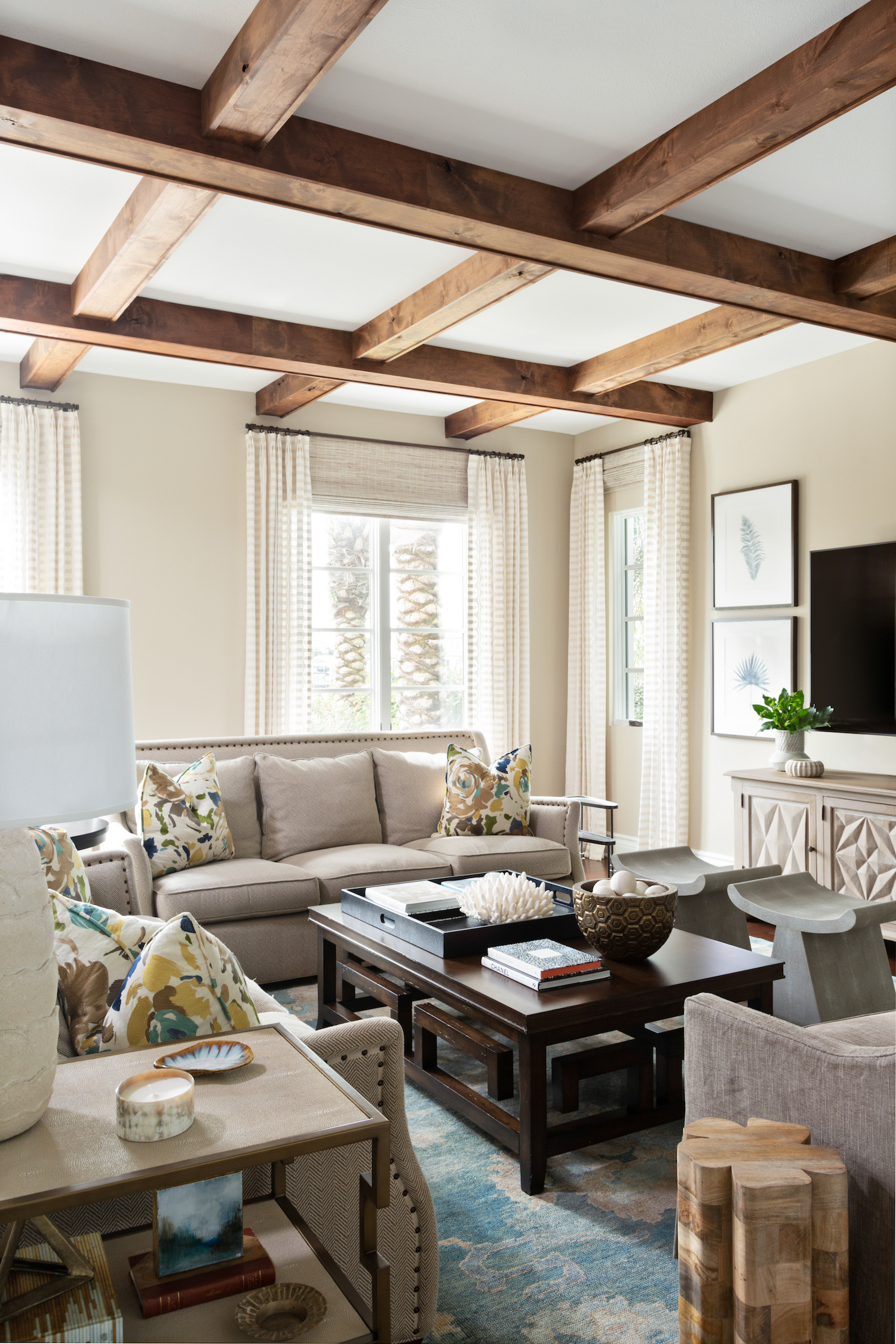
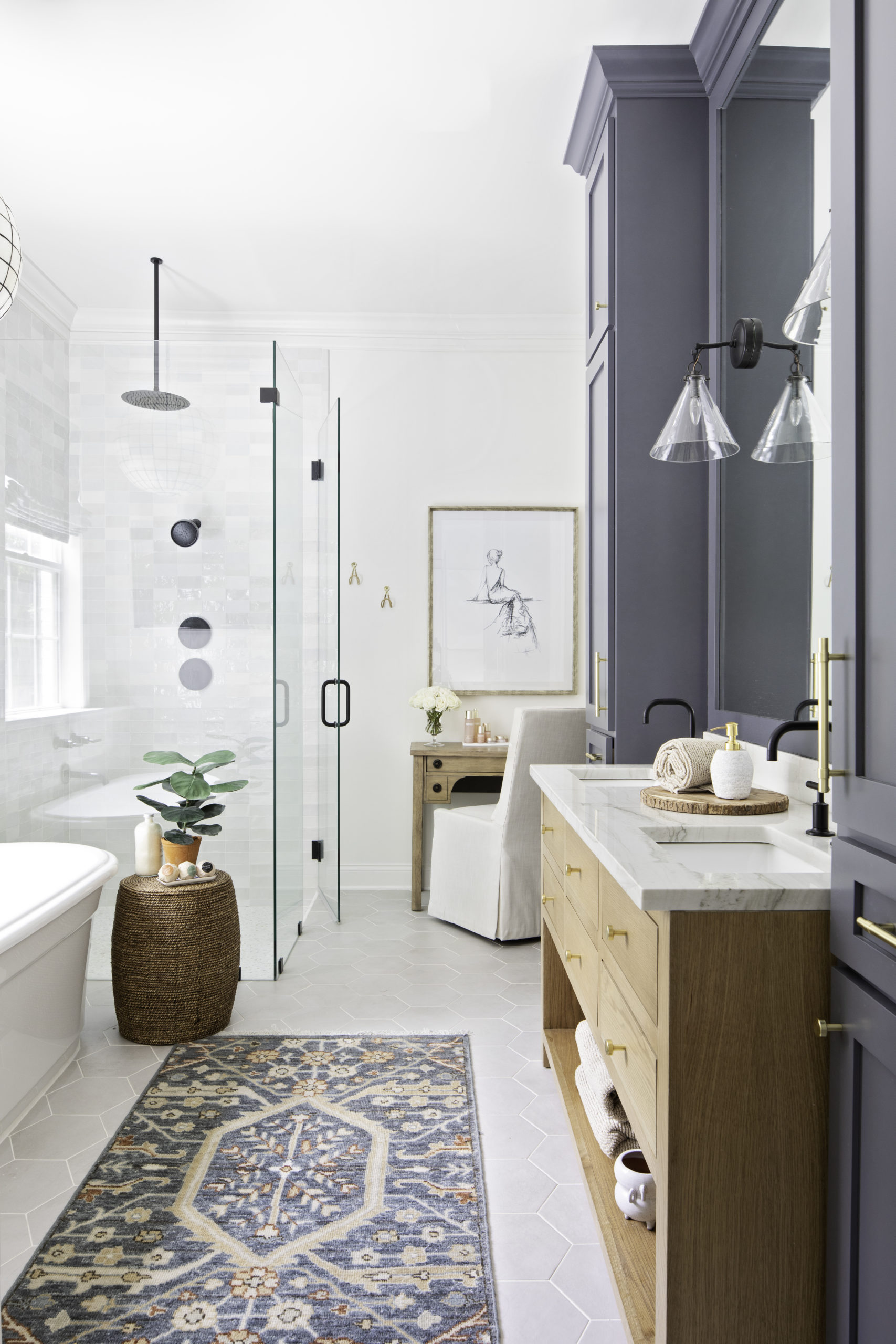
Is there a piece of advice or mantra you revisit when you’re in need of motivation or inspiration?
In my view, no matter where you find yourself, in your personal life or your career, whether you’re at the top or rock bottom, I always come around to doing everything with intention and doing the best I can instead of allowing stress or the gravity of the situation to overwhelm me. So, the one quote that has always stuck with me and one that embodies this idea is one by a yogi who said, “Keep up and you will be kept up”.
So, my translation of “Keep up and you will be kept up” is essentially that by having good intentions, by always seeking to be the best version of yourself, doing the best you can with your set of skills, always exploring ways to be a better person or professional or partner or friend, or just better at whatever task is at hand, you will be held in that space of moving in the direction that you need to be moving. And many times, we don’t understand the turns our lives take, especially while they’re happening. But, if you are keeping up with your end of the deal in this existence, so to speak, then even after that unexpected and uninvited turn of events, the one that you didn’t understand at the time, ultimately you’ll find yourself in a better position because of it.
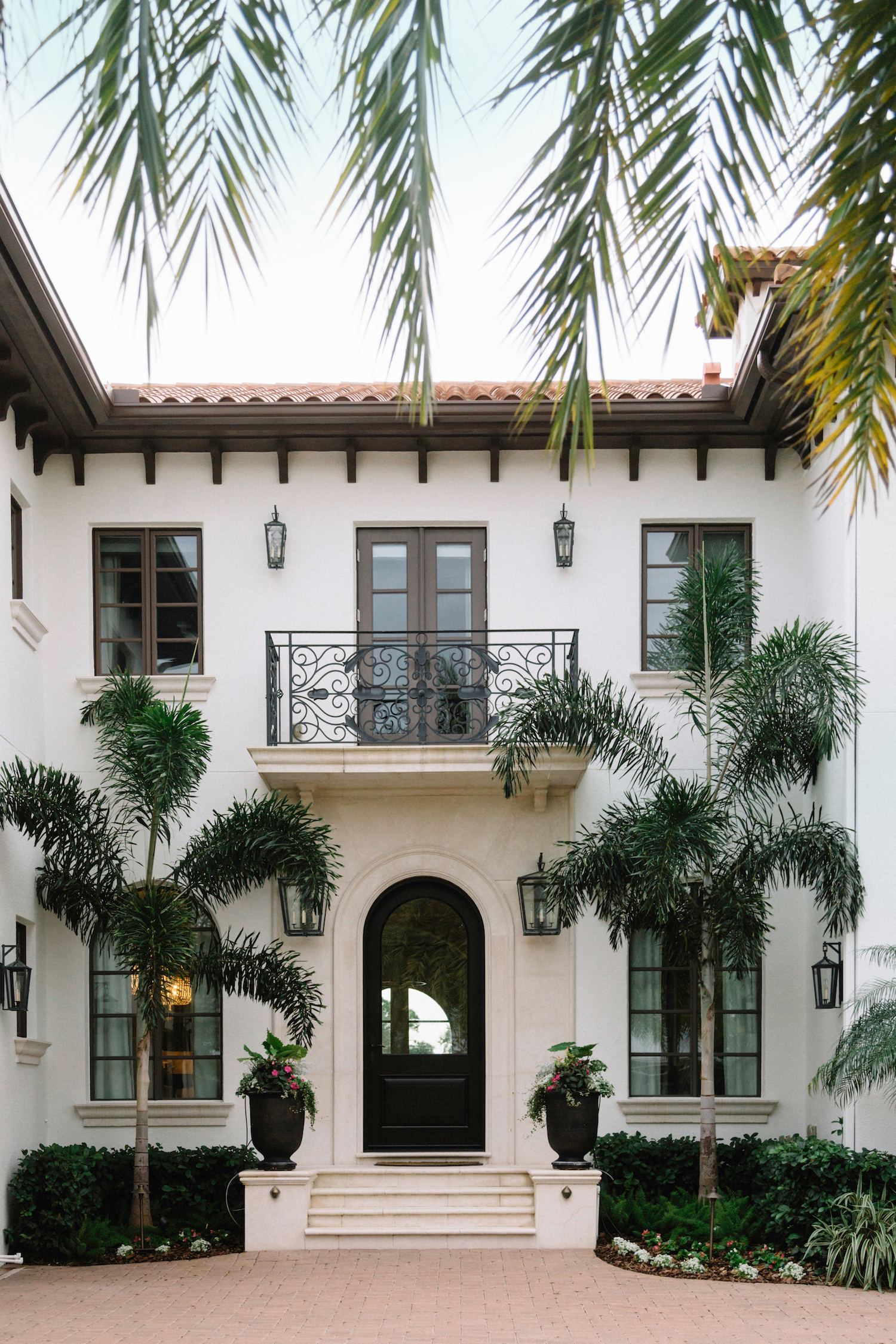
Like what you see? Take a peek at the talent behind the story… Photography: Nativehouse Photography · Interior Design for Feature Image: Thom Filicia
